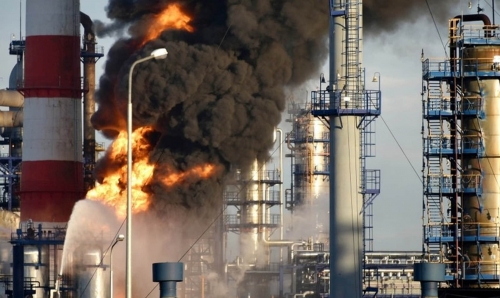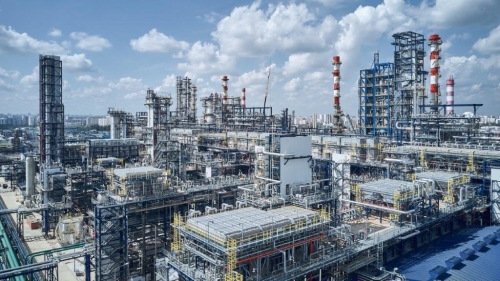OPEC increased its world oil demand predictions to 1.27 million barrels per day, a growth in revision of 10,000 barrels per day.
The forecasts, which were included in OPEC’s new monthly oil report on Wednesday, come as OPEC countries cut oil output much more than anticipated in March. The deal was initiated in hopes of clearing a supply gut and to boost prices. Compliance in the deal averaged 104 percent, according to a Reuters calculation based on production figures published by OPEC.
The production cut comes amid fluctuating oil prices. In March the OPEC Reference Basket (OBR) decreased by 5.7 percent to $50.32 per barrel. However, the OBR, which refers to weighted average prices for oil produced by OPEC members, saw a sharp increase in prices for both the quarter and the year, pointing to a victory for the OPEC production limits initiated in 2016.
Wednesday’s forecast announcement foreshadowed an increase in demand anticipated in 2017. Asia, as well as India, is expected to lead this, followed by China and the U.S. Asia-Pacific is the only region expected to see a decline in 2017. Total oil consumption next year is expected to stand at 96.32 million barrels per day, according to the report.
The recently revised projections for 2017 show improved momentum in global economic growth, said OPEC. It is now predicting global growth of 3.3 percent in 2017, a slight increase from a previous estimate of 3.2 percent.
Growth within OPEC developed nations is predicted at 1.9 percent, with the U.S. and the euro zone seeing no changes from previous predictions. Meanwhile, China’s growth forecast has increased from 6.2 percent to 6.3 percent.
Policy issues and monetary policy decisions will play a key role in ensuring economic growth, but, as will sustained stability in commodity prices, OPEC stated.

%20(1).png)



